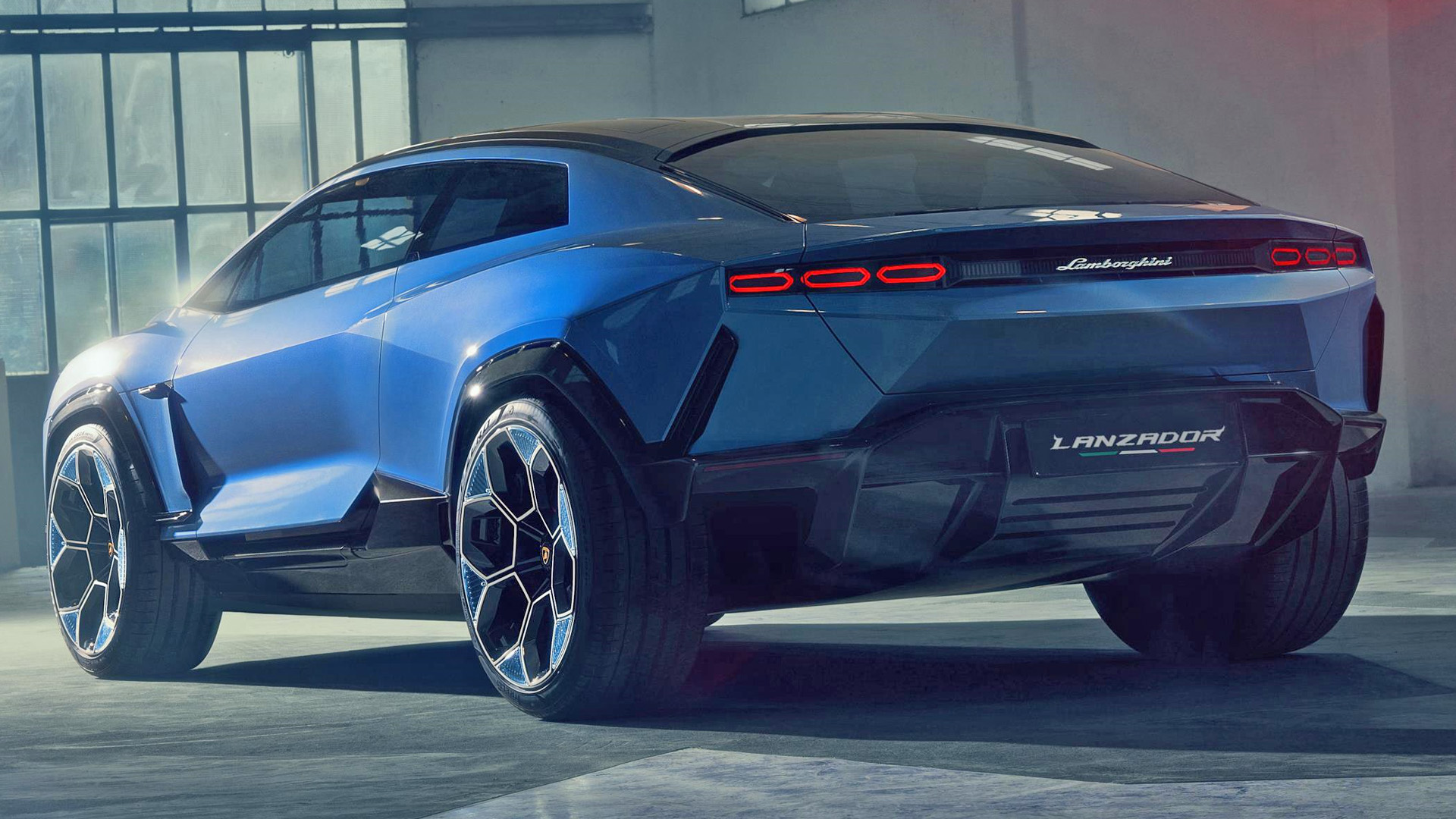

Electric vehicles may be in Lamborghini’s future, but that doesn’t mean the company is planning to wind any copper itself. Rouven Mohr, the automaker’s CTO, told The Drive in an interview that the Italian automaker doesn’t need to build its own motors to deliver a true Lamborghini driving experience. Rather, Mohr believes the control methods for various systems, including the drivetrain, are what’s going to differentiate cars like the Lanzador from their competition.
Mohr provided an extensive reply to the question of parts sharing, especially in terms of major components like motors and platforms. As many enthusiasts are beginning to realize, all electric motors—whether they make 100 horsepower or 1,000 horsepower—effectively deliver power the same. “It’s not like in the combustion world where you [have] say a V12 naturally aspirated engine compared to a four-cylinder turbo engine, it’s a huge difference,” Mohr said during a chat at Monterey Car Week. “The customer’s perceivable differences in electric motors are negligible.”

For that reason, Lambo will source its motors and drive units from the larger VW group, which houses enough brands to supply appropriate hardware. “I’m really optimistic that within the Group it will be available,” Mohr said. Controlling the parts-bin motors is what’s really going to make the difference, though. Since electric motors can be tuned so precisely, aspects like torque vectoring will be easier than ever to engineer. That’s the kind of technology Lamborghini wants to develop.
“The game changer is the control strategy,” Mohr said. That encompasses suspension, drivetrain, and aerodynamic controls that he says Lamborghini won’t share with anyone. “This is our intellectual property in house. We’re not giving this out to a supplier.”
Lamborghini will have to share its platforms with other cars, though, in a manner likely similar to the arrangement that produced the Urus SUV. “The next generation of the Group platforms will have outstanding performance available,” he said. But it’s not going to be all VW Group parts, all the time. Mohr seems to be aware of the Urus’ reputation as something of a badge-engineered Audi. “There will be a lot of solutions that are exclusively for Lamborghini. Even more than in the Urus today. So it’s not a badge.”

Mohr’s comments speak strongly to the nature of electric vehicles’ performance. They unlock an entire world of different control strategies that automakers plan to focus on (think Rivian’s stillborn “Tank Turn” feature) but at the same time, the core power delivery will mostly remain the same. Without a lot of software trickery, the current generation of heavy EVs will naturally behave alike. But a brand like Lamborghini can’t afford to blend in.
Put another way, these control strategies are going to have to be impressive. Whether that translates into simple software tweaks or more complex alterations to, say, inverter architecture is yet to be seen, but one thing is for sure: It’s going to be more challenging for automakers to set themselves apart with all-electric drivetrains, and exotic brands may especially struggle in the effort.
Got tips? Send ’em to tips@thedrive.com